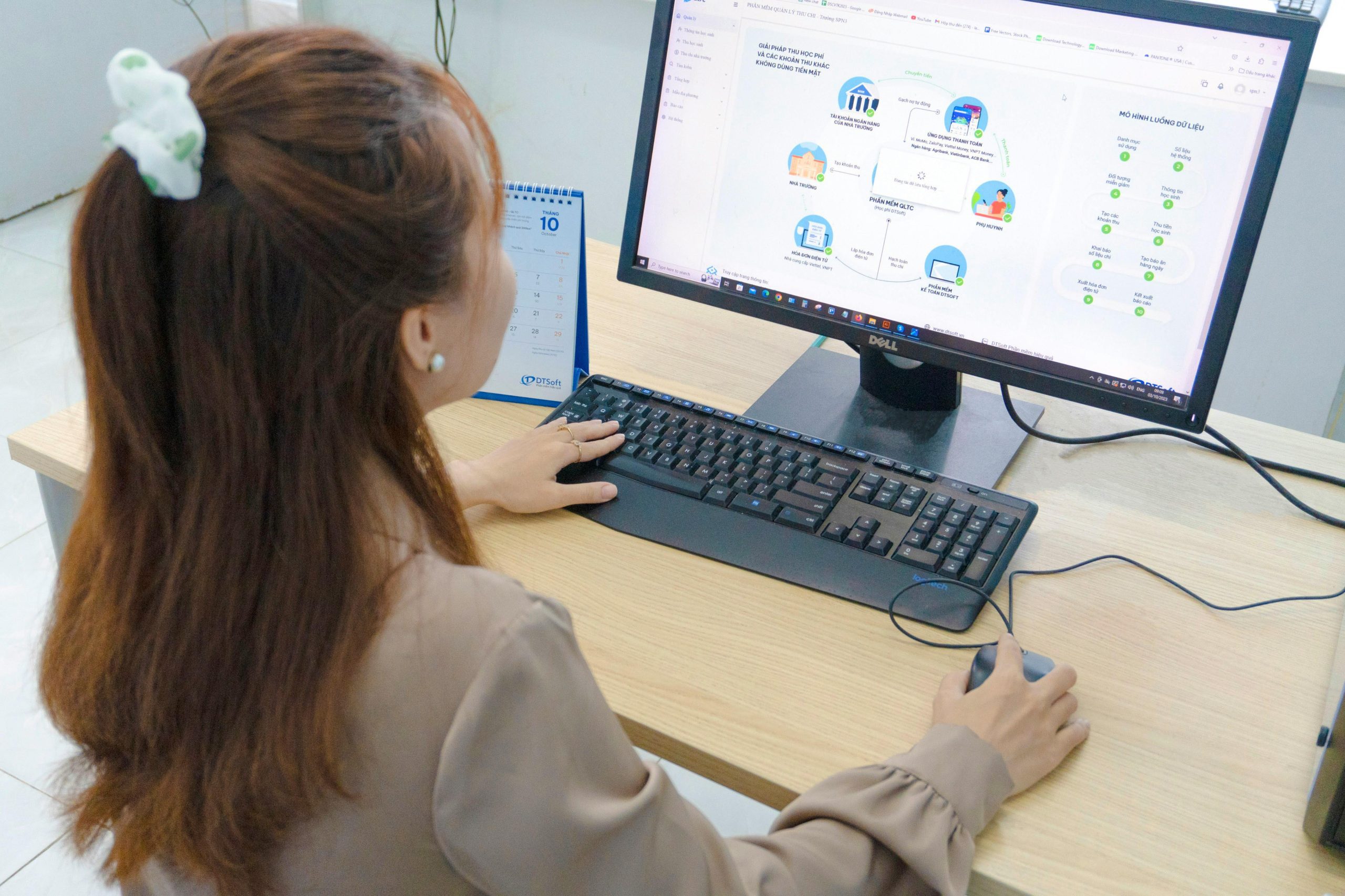Digital-first learning is about more than convenience. It’s about creating education that’s flexible, scalable, and globally accessible from the ground up. It rethinks the entire model: how programs are structured, how content is delivered, and how students interact with both faculty and each other — all in ways that make sense for today’s connected, fast-moving world.
This shift is especially meaningful for professionals and international learners who want to grow academically without putting their lives on hold.
Why Digital-First Matters
What makes digital-first learning different from traditional online education?
First, it’s built with purpose. Rather than adapting lectures for the screen, digital-first programs are designed specifically for the online environment. That means shorter, more interactive content; real-world case studies; and assessments that reflect what students actually need to do in professional settings.
Second, it’s designed to travel. With students logging in from around the world — often while working full-time or managing other responsibilities — digital-first programs must be responsive and accessible, across time zones, languages, and learning styles.
And finally, it’s forward-looking. In a digital-first classroom, students are already working with the tools, platforms, and skills that today’s careers demand — from virtual collaboration to project-based problem-solving.
This approach isn’t just more efficient — it’s more aligned with how people learn and work today.
What Digital-First Learning Looks Like in Action
At universities embracing this model, the shift is more than technical — it’s cultural. Faculty are trained to teach online intentionally. Courses are structured to encourage independent learning and active engagement. Support is integrated into the platform, not added on as an afterthought.
At UBIS Global, for example, we offer internationally focused degree programs, professional certificates, and career-relevant micro-credentials. Our digital-first approach allows students in over 30 countries to access business and leadership education designed specifically for the way people learn and work today. Course delivery, communication, and mentorship are all optimized for the digital space — giving students more autonomy while still providing real connection.
Who Digital-First Learning Benefits Most
Digital-first learning works especially well for:
-
Professionals looking to upskill without leaving the workforce
-
Students in regions where quality international education is hard to access locally
-
Individuals who prefer structure, but not rigidity
-
Learners who value tech fluency and future-ready skills
It’s not for everyone — but for those who value flexibility, relevance, and a global perspective, it’s a model that fits.
And as more institutions adopt this approach, the reach of higher education continues to expand — becoming more inclusive and more aligned with global demands.
Turn Ambition into Action with Global, Flexible Programs
As the future of work becomes more distributed, so must the future of learning. The digital-first model reflects this reality: education that’s no longer bound by location, schedule, or outdated formats. It’s adaptable. It’s inclusive. And when done well, it’s just as rigorous and impactful as any traditional classroom — if not more so.
At UBIS Global, the digital-first model isn’t just an adaptation — it’s the foundation of our approach. Whether you’re pursuing a full degree, a targeted credential, or a professional certificate to advance your career, our fully online, internationally accredited programs at the Bachelor’s, Master’s, and Doctoral levels are designed to help you grow without pressing pause on your life. Alongside degrees, we offer micro-credentials and certificates built with the same flexibility and real-world relevance in mind, empowering you to advance your education on your own terms — wherever you are, whenever you’re ready.
Comments are closed.


